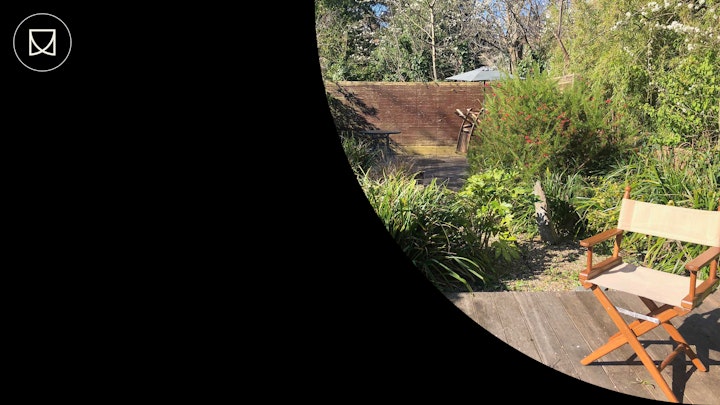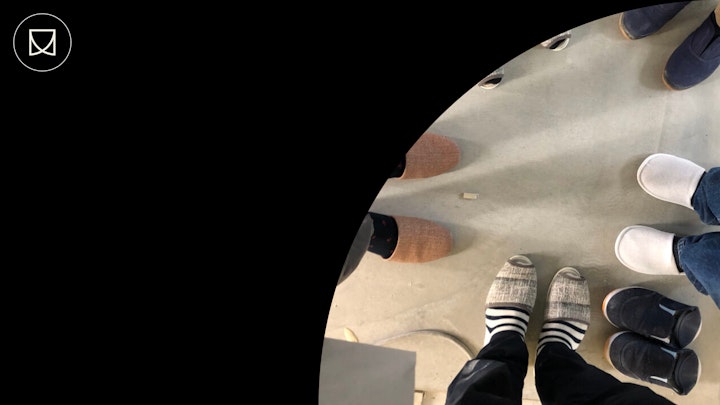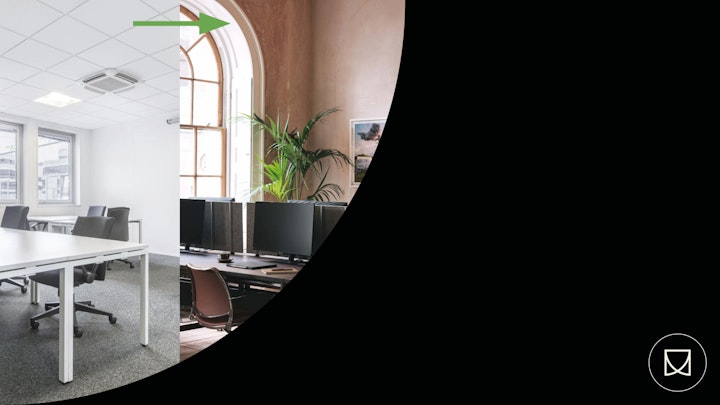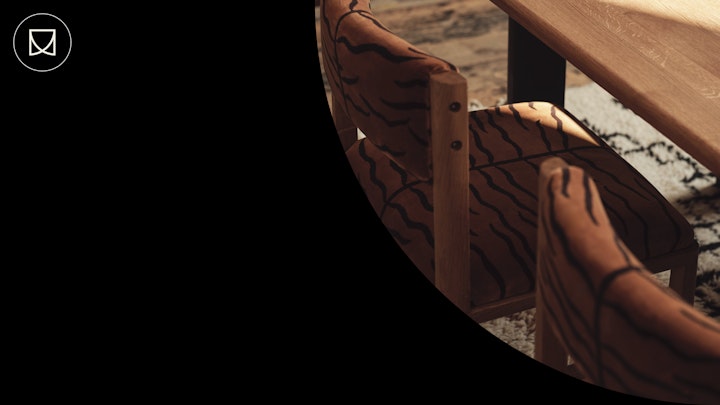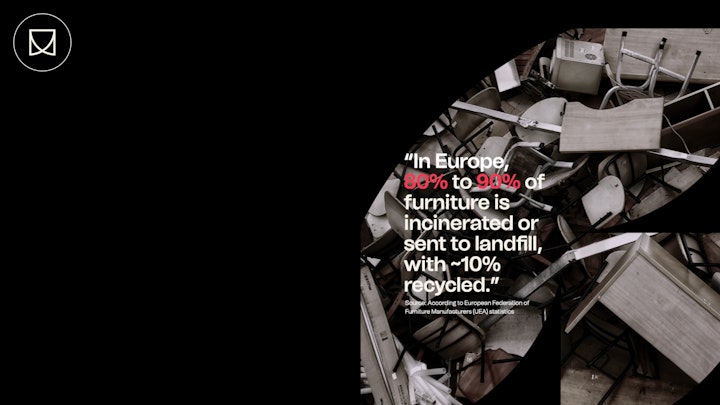On Monday, around 3:15 pm, I waited outside the headmaster's gate in the rain with a fellow parent to collect my son from school.
We were chit-chatting about how we both managed to get some work done, even though it felt like we had only just dropped our children off. 😒
We both work in the workspace design & furniture industry, and the dreaded 'Sustainability' word came up. 🙄
The exchange went like this;
𝗝𝗼𝗵𝗻: "Most of our clients don't understand what it is."
𝗠𝗲: Yeah, it's a challenge
𝗝𝗼𝗵𝗻: "To be honest, neither do we" - One client asked us if our furniture was Breeam.....
𝗠𝗲: Not quite furniture...
𝗝𝗼𝗵𝗻: Exactly. Then, we discuss cost and timelines, and the sustainability conversation falls by the wayside.
𝗠𝗲: Most of the time, we all end up more confused.
𝗝𝗼𝗵𝗻: (Confused, look on face) 😕
I'm so bored of these conversations. Sustainable design has become a burden rather than an exciting opportunity, which is disappointing. I'm not frustrated with John and others like him.
My frustration is more towards those who are the 'experts' who do a terrible job of making the issues relatable. It's way too academic and political.
On the other hand, innovation and change tend to come from the margins—from industry and enterprising businesses.
And yes, business is for profit, and that's okay.
We can make money and cool stuff. The issue is that we do whatever it takes to make money at the expense of nature, ignoring the consequences. That has to change. We need to be less wasteful.
My philosophy is to:
𝘋𝘦𝘴𝘪𝘨𝘯 𝘥𝘶𝘳𝘢𝘣𝘭𝘦 𝘣𝘶𝘵 𝘳𝘦𝘱𝘢𝘪𝘳𝘢𝘣𝘭𝘦, 𝘴𝘵𝘺𝘭𝘪𝘴𝘵𝘪𝘤𝘢𝘭𝘭𝘺 𝘷𝘦𝘳𝘴𝘢𝘵𝘪𝘭𝘦 𝘰𝘣𝘫𝘦𝘤𝘵𝘴 𝘵𝘩𝘢𝘵 𝘤𝘢𝘯 𝘣𝘦 𝘐𝘯𝘵𝘦𝘳𝘤𝘩𝘢𝘯𝘨𝘦𝘢𝘣𝘭𝘦 𝘢𝘯𝘥 𝘱𝘦𝘳𝘴𝘰𝘯𝘢𝘭𝘪𝘴𝘦𝘥, 𝘢𝘯𝘥 𝘧𝘪𝘯𝘢𝘭𝘭𝘺, 𝘵𝘩𝘦𝘺 𝘢𝘳𝘦 𝘩𝘰𝘯𝘦𝘴𝘵, 𝘴𝘢𝘧𝘦, 𝘢𝘯𝘥, 𝘪𝘧 𝘯𝘦𝘤𝘦𝘴𝘴𝘢𝘳𝘺, 𝘳𝘦𝘤𝘺𝘤𝘭𝘢𝘣𝘭𝘦.
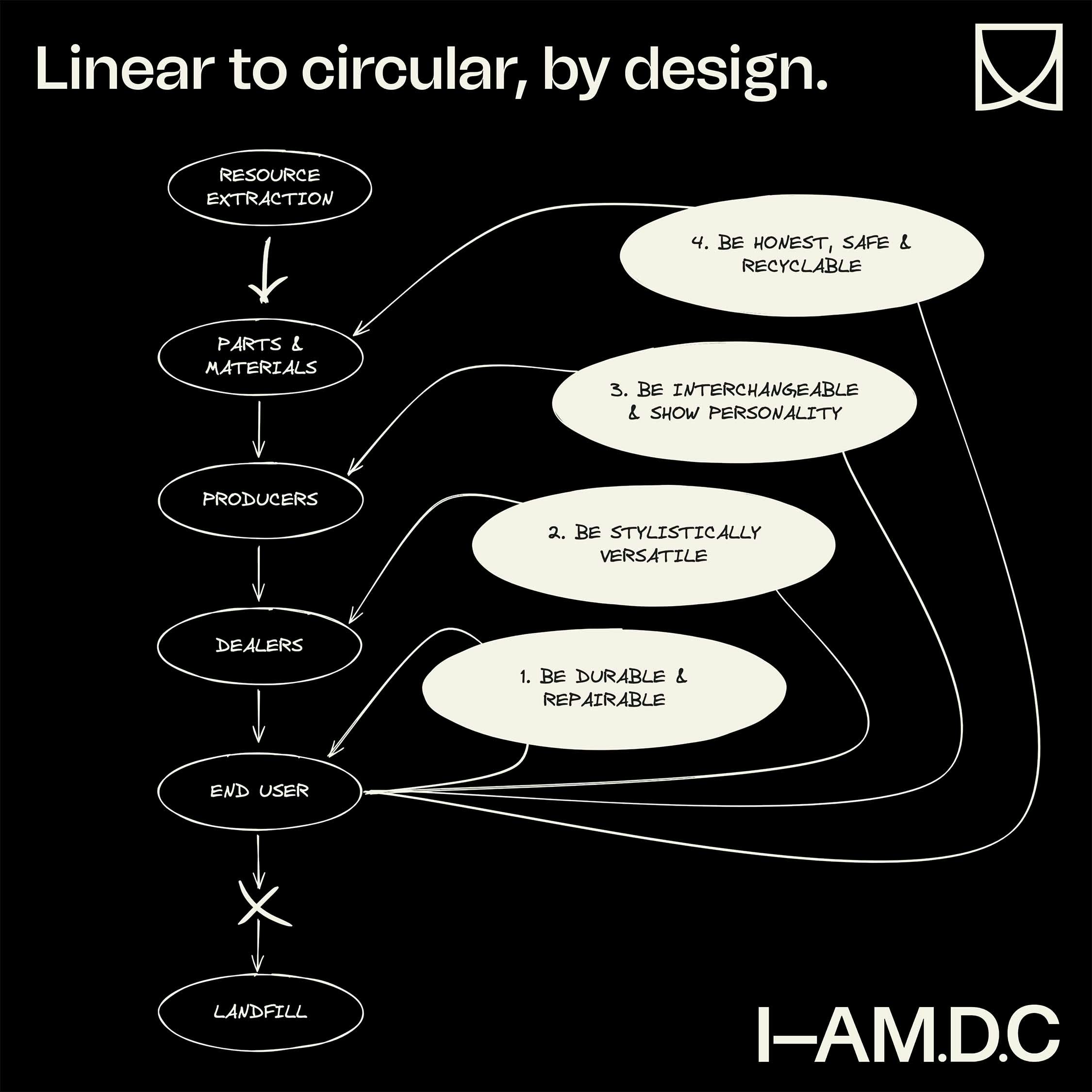
The mission:
𝘒𝘦𝘦𝘱 𝘱𝘳𝘰𝘥𝘶𝘤𝘵𝘴 𝘪𝘯 𝘤𝘪𝘳𝘤𝘶𝘭𝘢𝘵𝘪𝘰𝘯 𝘧𝘰𝘳 𝘢𝘴 𝘭𝘰𝘯𝘨 𝘢𝘴 𝘱𝘰𝘴𝘴𝘪𝘣𝘭𝘦 𝘢𝘵 𝘵𝘩𝘦𝘪𝘳 𝘩𝘪𝘨𝘩𝘦𝘴𝘵 𝘷𝘢𝘭𝘶𝘦.
I'll contribute by using:
No sustainable buzz words...
No emphasis on regulation
No greenwashing
No promises
A common sense approach to reconnect with nature as a starting point for circular design.
Note: John is not the parent's real name. It's been changed to protect their anonymity. 😂
What type of conversations are you having about sustainable design?
Thanks for reading

